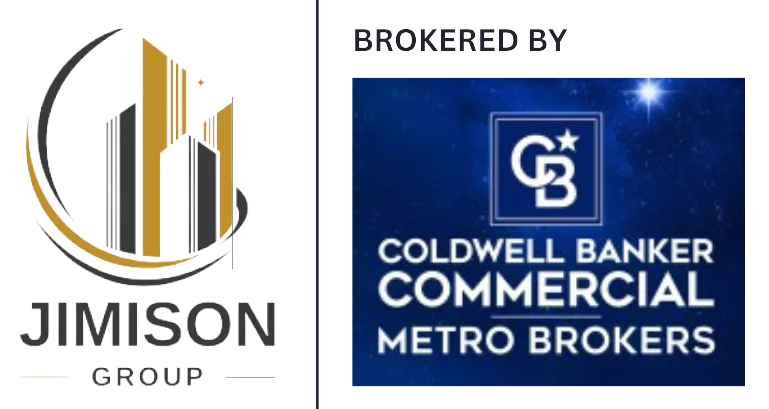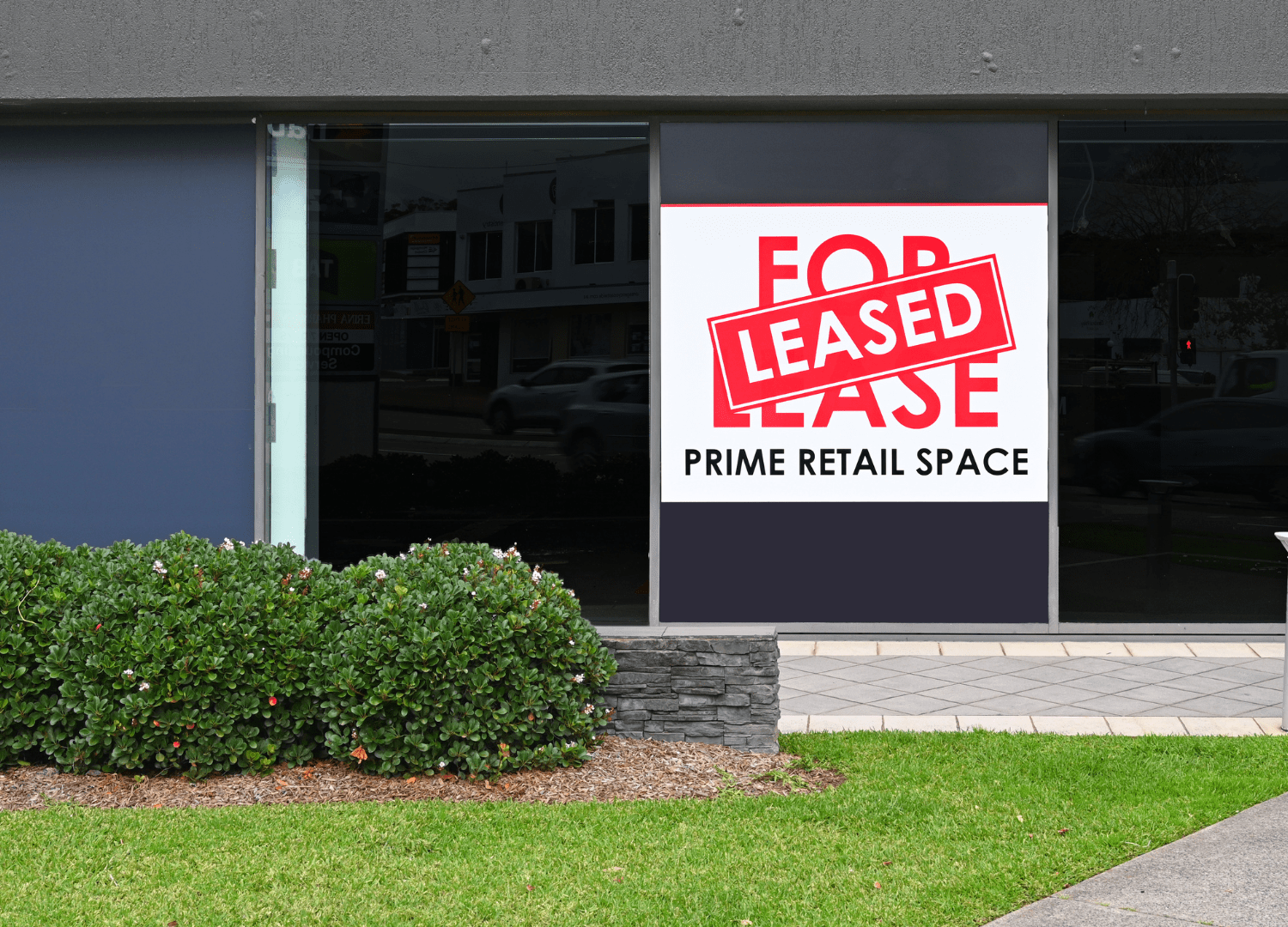Choosing the right lease for your commercial real estate property is one of the most critical decisions you’ll make as an investor, business owner, or landlord. A well-structured lease can maximize your returns, protect your interests, and ensure long-term financial stability. However, leases can vary significantly, so understanding the key components is essential for making informed decisions.
At Jimison Group, we help clients navigate complex lease agreements to ensure they align with investment goals. Below is a guide to comparing leases effectively.
1. Understanding Lease Types
Before signing a lease, it’s crucial to identify which type aligns with your financial and operational goals. The most common lease structures include:- Gross Lease: The tenant pays a fixed rent, and the landlord covers operating expenses such as property taxes, insurance, and maintenance.
- Net Lease (Single, Double, or Triple Net): The tenant is responsible for some or all of the property’s expenses, including taxes, insurance, and maintenance.
- Modified Gross Lease: A hybrid structure where the tenant and landlord share certain expenses.
✅ Tip: Consider how each lease type impacts your cash flow, expenses, and risk exposure before committing.
2. Rent Structure & Escalations
How rent is calculated and adjusted over time can have a significant impact on your investment:
- Fixed Rent: The tenant pays a set amount throughout the lease term.
- Percentage Rent: Common in retail leases, where the tenant pays a base rent plus a percentage of revenue.
- Step Rent: Rent increases at pre-determined intervals, ensuring the landlord benefits from market appreciation.

3. Lease Term & Flexibility
- Short-Term Lease: Offers flexibility but may come with higher turnover and vacancy risks.
- Long-Term Lease: Provides rental stability but may limit opportunities to adjust rates as the market shifts.
✅ Tip: A balance between stability and adaptability is key. If locking in a long-term tenant, consider including periodic rent adjustments to keep up with market values.
4. Operating Expenses & CAM Charges
A significant component of lease agreements is how operating expenses and Common Area Maintenance (CAM) charges are allocated:- Gross Lease: The landlord covers operating expenses.
- Triple Net Lease (NNN): The tenant covers property taxes, insurance, and maintenance costs.
- CAM Charges: Costs shared among tenants for property upkeep, landscaping, and security.
✅ Tip: Clearly outline who pays for what to avoid unexpected costs and disputes down the road.
5. Tenant Improvements & Responsibilities
Many tenants require modifications to the space to suit their business needs. Consider:- Who pays for renovations and buildouts?
- Are there restoration clauses requiring the tenant to return the space to its original condition?
✅ Tip: Negotiate tenant improvement (TI) allowances upfront to enhance the property’s value while meeting tenant needs.
6. Termination & Renewal Options
- Termination Clauses: Review exit strategies for both parties, including penalties for breaking the lease early.
- Renewal Clauses: Determine if the lease includes renewal rights, allowing the tenant to extend their occupancy under pre-determined terms.
✅ Tip: A favorable renewal option can ensure long-term occupancy and reduce turnover risk.
7. Assignment, Subletting & Exclusive Use Clauses
- Assignment & Subletting: Can the tenant transfer their lease to another party? Some leases allow this, while others restrict it.
- Exclusive Use Clause: Protects tenants by preventing competitors from leasing space within the same property.
✅ Tip: Ensure your lease structure aligns with your long-term leasing and tenant-mix strategy.
8. Security Deposits & Insurance Requirements
- Security Deposits: Outline the deposit amount, conditions for deductions, and refund terms.
- Insurance Requirements: Both landlords and tenants should have property and liability insurance to mitigate financial risks.
✅ Tip: Work with an insurance expert to ensure full protection from liability and unforeseen events.
Choosing the Right Lease for Long-Term Success
Selecting the right lease isn’t just about signing a contract—it’s about ensuring long-term success for your property. Understanding these key terms will help you avoid costly mistakes, maximize profitability, and protect your investment.
At Jimison Group, we provide expert lease analysis and negotiation services to ensure your agreements are structured for success. Whether you’re a landlord looking for stable cash flow or a tenant seeking the best lease terms, our team is here to guide you.
📞 (404) 345-4514
📧 Info@Jimisongroup.com
📅 Contact us today for a lease consultation and ensure you’re making the right real estate decisions!

